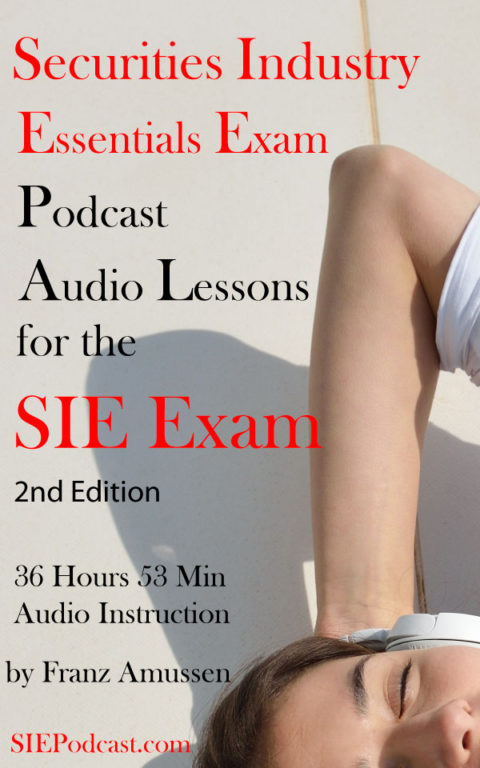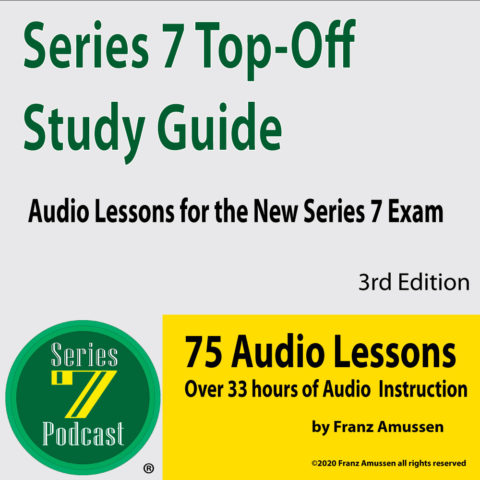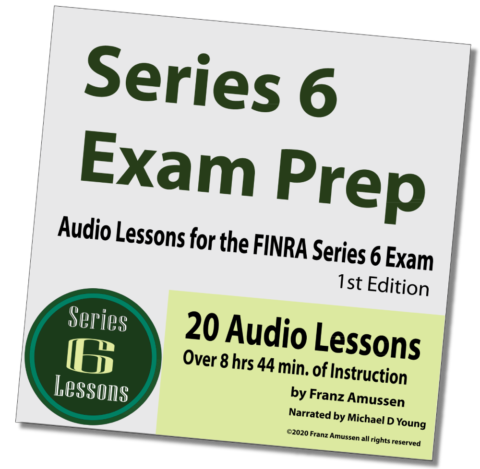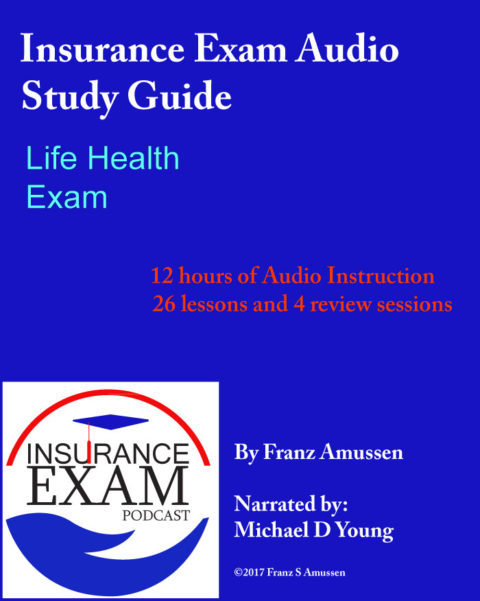Lesson 14 The Securities and Exchange Act of 1934:
The Securities and Exchange Act of 1934 was a law that came in response to the Stock Market crash of 1929. It regulates the secondary market that deals in transactions between investors, instead of the primary market, which is companies to investors. This is sometimes known as the over-the-counter market (OTC). The issuing corporation does not receive the money, but the person selling the securities.
This act created the Securities and Exchange Commission (SEC). It requires broker-dealers and agents to register with them. They also have to register with their state agency in their home state.
It regulates exchanges and the NASD.It requires net capital for broker-dealers, regulates short sales and insider transaction, requires separation of customer and firm assets, and regulates the handling of client accounts.
The act also regulates the issuers of public securities and requires them to file annual reports, called 10-Ks.
The SEC is run by five commissioners who are appointed by the President of the United States and approved by the Senate. They are not a self-regulatory organization, that regulates its own members like the NYSE or FINRA does. It is also not a designated examining authority is an organization that inspects the records of a broker-dealers, like the NYSE and FINRA. Not only do financial employees have to register with the SEC, but exchanges do as well, and are required to submit their bylaws/constitution. If any of their rules change, they have to disclose that to the SEC.
Anyone who has more than 500 shareholders and more than $5 million in assets must register with the SEC as well and file quarterly and annual reports. Broker-dealers have to keep a certain amount of net capital on hand so they are financially secure. All employees of a broker-dealer who have access to the securities/cash must be fingerprinted.
The Act also allows the Federal Reserve Board to regulate how credit is expended by broker-dealers who are using it to purchase securities for their customers. There are three regulation types, Regulation T for broker-dealers, Regulation U for banks, and Regulation G for all other financial organizations.
In 1938, the Maloney Act amended the Securities Exchange Act, and created the NASD, The National Association of Securities Dealers. It was the SRO of the secondary market, and was made to regulate broker-dealers. Today, the NASD is part of FINRA and it runs according to four bylaws: The rules of fair practice, the uniform practice code, the code of procedure, and the code of arbitration.
The rules of fair practice means that everyone gets a fair shake in the securities market. Broker-dealers need to deal fairly with their clients, and these rules are sometimes known as the rules of conduct. They set down how commissions and markups work, how communication to customers works, making customer recommendations, and handling claims made by representatives.
The uniform practice code are the guidelines for FINRA members about how to conduct business with other members. It regulates settlement dates, Ex dividend dates, the rules of good delivery, confirmations and “Don’t Know” procedures.
The code of procedure contains the rules for how FINRA investigates and deals with violations. It sets down how complains should be investigated and what should be done if someone is found guilty.
The code of arbitration creates a way to resolve disputes. It provides ways for binding resolutions to be made in disputes between members, disputes between a member and a customer or with a bank.
FINRA is divided into various geographical districts. Each district is governed by an elected committee of 12 members, who serve 3-year terms. The Department of Enforcement of each organization enforces the rules. The national Board of Governor’s handles nationwide business.
There are strict guidelines that people have to follow in order to become a member of FINRA. Any organization that is involved in intrastate securities transactions must become a member of FINRA.
The following are membership requirements: they have to meet net capital requirements , they have to appoint two principals to manage the firm, they have to have an acceptable business plan, and they must attend a pre-membership interview.
FINRA members agree to follow not only the association’s rules, but all applicable federal and state laws, and to pay any required fees, including a membership fee, a fee for each representative and principal, a fee based on the gross income of the firm, and a fee for all branch offices.
The firm’s registered principal will be in charge of hiring and vetting new employees. They will need to conduct an extensive background check. The employer has to fill out Form U4, which collects information about the candidates personal and professional history, including the last 10 years of employment, the last five years of residency, their legal name and any legal or regulatory actions against them. They do not need to disclose their martial status, their education, or their income/net worth. The only thing about their finances that have to disclose is if they have ever declared bankruptcy or if there are any outstanding judgements or leins against them.
The principal has to verify the information that the employee gives and have to attest that as far as they have been able to find, the person is of good moral character. This U4 form will be sent to FINRA’s Central Registration Depository (CRD) with a fingerprint card to be processed.
If anything changes about a person that would change his or her U4 status, FINRA must be notified within 30 days, or 10 days if it is an event that would automatically disqualify them, such as conviction for a crime involving securities.
If you are ready to get serious and want the full series of Series 22 Audio Lessons…
In order to take the Series 22 Exam you must also Pass the SIE Exam
We also have audio lessons for the following exams:
Podcast: Play in new window | Download








